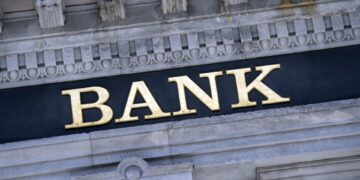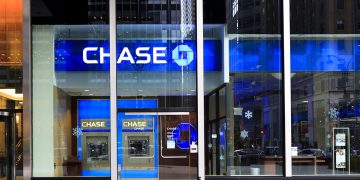A bad bank owned by lenders must create the right capital and governance structure to find success in a market where several asset reconstruction companies already operate, experts said.
Initial euphoria over the budget announcement of a state-run bad bank to clean up bank balance sheets and restart credit flow were deflated when the government clarified it would not invest in such an entity. Bad loans of ₹500 crore and above will be eligible for resolution by this entity, with an estimated total corpus of ₹2.25 trillion.
Also Read | Scarcity on high seas hurting India’s exports
If state-owned banks or domestic institutions invest in the bad bank, the government should designate the lead institutions to take it forward, said Sunil Mehta, non-executive chairman of Yes Bank.
“The governance structure must ensure the ability to act independently. True price discovery at the time of sale is critical and needs to be market-determined,” said Mehta, who headed the Sashakt Committee in 2018 that suggested setting up an asset management company and an alternative investment fund to manage bad loans.
ARCs such as Asset Reconstruction Co. India Ltd (Arcil) and Edelweiss ARC purchase bad loans from banks and proceed to recover loans on their own. In return for selling these assets, banks get an upfront cash payment of at least 15%, and the rest in the form of security receipts, redeemable as and when the loans are recovered.
Public sector banks together should not hold more than a 51% stake in the bad bank to allow for more flexibility, a banking industry veteran said on condition of anonymity. Still, a bad bank would benefit public sector banks more since they have a greater share of bad loans given their extensive lending to infrastructure assets in the past. For instance, 9.7% of loans given by public sector banks have turned bad at the end of September 2020, against 4.6% at private banks and 2.5% at foreign banks.
Aswini Sahoo, chief investment officer of Arcil, said on 1 February that the idea of creating another ARC may be avoided. The ARC business, he said, has fully developed over last 15 years and it might be time- and cost-saving to use existing physical and intellectual infrastructure in aggregating and resolving bad loans.
“It might be a good idea to capitalize existing ARCs with long-term capital and guarantees to aggregate the debt of the system and then parcel to risk-taking investors,” Sahoo had said.
Others said existing ARCs will suffer if all loans are taken over by a government-backed bad bank, forcing them to change their operating model. ARCs have been around since early 2000s and banks have been using this route to clean up balance sheets. However, according to RBI data, the ratio of ARCs’ cost of acquisition of bad loans to the book value of those loans has declined between FY19 and FY20. The central bank pointed out in the Trend and Progress of Banking in India report that this decline indicates lower realizable value of the assets.
“It is an experiment whose outcome will depend on its execution,” said Siby Antony, a former chairman of Edelweiss ARC. Antony was also an executive trustee of Stressed Asset Stabilisation Fund, a bad bank-like structure the government floated in 2004 to hive off loans from the lender.








